A bright, healthy smile is a universal asset, but achieving it requires more than just a quick, haphazard brushing twice a day. The difference between a mediocre routine and an effective one lies in understanding the distinct purposes of your morning and nighttime rituals and executing them with precision. A well-constructed oral care routine is a powerful form of preventative medicine, capable of staving off cavities, gum disease, and costly dental procedures. Yet, many people follow habits learned in childhood without questioning their efficacy. So, how can you build a morning and night oral routine that is not just a habit, but a guaranteed investment in your long-term health?
This guide moves beyond generic advice to provide a strategic, step-by-step blueprint. We will dissect the unique goals of your AM and PM routines, provide a clear, actionable sequence for each, explain the critical importance of timing, and offer specific product suggestions to cater to different needs and budgets. By the end, you will have a personalized, evidence-based plan that delivers visible and lasting results.
The Nightly Reset: Your Most Critical Oral Care Session
The nighttime routine is non-negotiable and is, without question, the most important of the two. During sleep, saliva flow—nature’s own mouthwash and remineralizing agent—decreases dramatically. This creates a vulnerable environment where bacteria can thrive and proliferate unchecked. The goal of your night routine is to create a clean, fortified environment that can withstand this overnight “bacterial shift.”
The Step-by-Step Nightly Routine (8-10 minutes):
- Start with Floss (The Explorer):Time: 2-3 minutes
- Why First? Brushing first is like mopping the floor before sweeping. Flossing dislodges food particles and plaque from between teeth, which your brush can then effectively remove. Doing it after brushing simply redeposits some of that debris.
- How: Use a piece of floss about 18 inches long. Gently guide it between each tooth, curving it into a “C” shape against one tooth and sliding it beneath the gumline. Use a clean section of floss for each tooth. If you find string floss difficult, water flossers are an excellent alternative, particularly for those with braces, bridges, or wide gaps, but they should ideally be used in conjunction with string floss for mechanical disruption of plaque.
- Brush with Precision (The Deep Clean):Time: 2 minutes
- Technique is Everything: Use a soft-bristled brush (manual or electric) and a fluoride toothpaste. Hold the brush at a 45-degree angle to your gums. Use gentle, circular motions, focusing on a few teeth at a time. Aggressive scrubbing damages enamel and gums. An electric toothbrush with a pressure sensor is highly recommended to prevent this.
- Don’t Forget All Surfaces: Systematically clean the outer, inner, and chewing surfaces of all teeth. Pay special attention to the hard-to-reach back molars.
- The “Don’t Rinse” Rule (The Fortifier):Time: 30 seconds
- The Most Common Mistake: After brushing, spit out the excess toothpaste foam, but do not rinse your mouth with water. This allows a concentrated layer of fluoride to remain on your teeth overnight, providing extended protection and remineralization. This single change can dramatically increase the cavity-fighting power of your routine.
- Optional: Use a Tongue Scraper (The Freshener):Time: 1 minute
- Why: A significant portion of odor-causing bacteria resides on the tongue’s surface. A tongue scraper is far more effective than brushing your tongue with a toothbrush at removing this bacterial biofilm, leading to fresher breath.
The Morning Awakening: Freshening and Preparing for the Day
The goal of the morning routine is twofold: to eliminate the bacteria and plaque that have built up overnight and to freshen your breath for the day ahead. It is generally quicker and more focused on immediate freshness than the intensive, protective nighttime ritual.
The Step-by-Step Morning Routine (4-5 minutes):
- Optional: Pre-Brush Rinse or Oil Pulling (The Prelude):Time: 1-2 minutes
- Why: Using an alcohol-free mouthwash before brushing can help loosen plaque and debris, making them easier to brush away. Alternatively, some people practice oil pulling with coconut oil for its antibacterial properties, though it is a supplement to, not a replacement for, brushing and flossing.
- Floss (The Quick Clearance):Time: 1-2 minutes
- Why: Overnight, bacteria have had hours to work on any leftover food particles. A quick morning floss ensures these areas are clean before you brush.
- Brush with Fluoride Toothpaste (The Freshening Clean):Time: 2 minutes
- The Rinsing Dilemma: In the morning, the decision to rinse depends on your day. If you are at high risk for cavities, follow the “spit, don’t rinse” rule to maintain fluoride levels. If you prefer a fresh, clean-feeling mouth for the day, a quick, small rinse is acceptable, as you will be eating and drinking soon anyway.
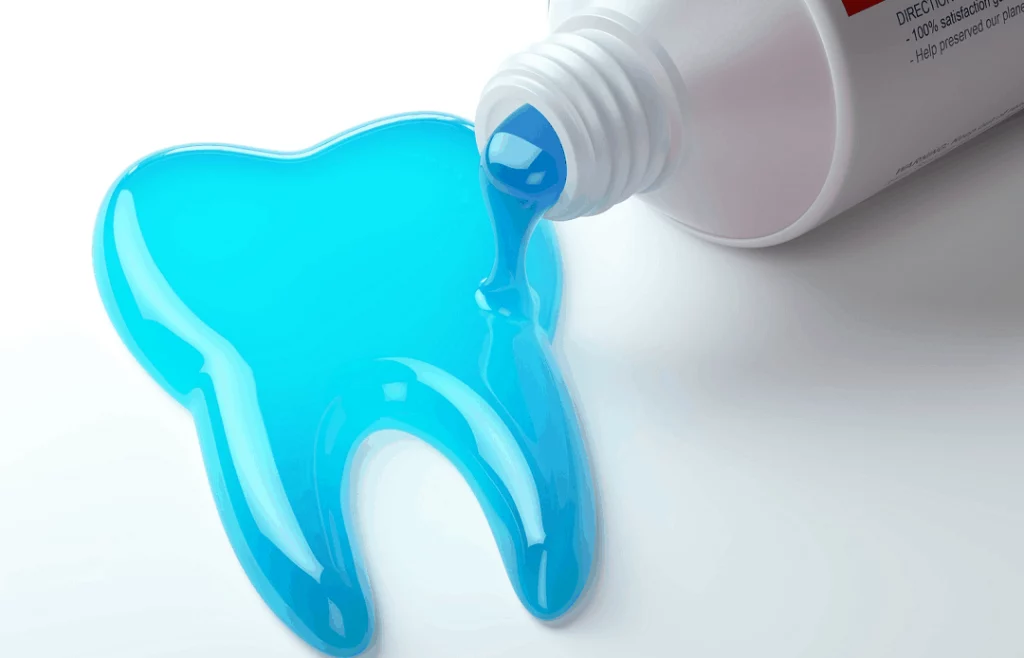
The Critical Element: Timing and Consistency
The “when” is just as important as the “how.”
- Night Routine Timing: Your last oral care activity should be immediately before you go to bed, with nothing consumed afterwards except water.
- Waiting After Meals: If you consume anything acidic (coffee, fruit, soda), wait at least 30 minutes before brushing. Acid softens enamel, and brushing immediately can cause erosion. Rinsing with water immediately after eating or drinking is a good practice to neutralize acids.
- Consistency Over Intensity: A thorough 4-minute routine performed consistently is infinitely better than a sporadic 10-minute intense scrub. The goal is to never give plaque (which begins to form within hours of cleaning) a chance to harden into tartar, which can only be removed by a dentist.
Curating Your Toolkit: Product Suggestions for Every Need
Building an effective routine requires the right tools. Here are evidence-based suggestions:
For the Essentialist (Effective & Affordable):
- Toothbrush: Soft-bristled manual brush (replace every 3 months).
- Floss: Standard waxed or unwaxed string floss.
- Toothpaste: Any ADA-Accepted fluoride toothpaste (e.g., Colgate Cavity Protection, Crest Cavity Protection).
For the Enthusiast (Enhanced Cleaning & Tech):
- Toothbrush: Oscillating-rotating electric toothbrush (e.g., Oral-B Pro 1000) or Sonic toothbrush (e.g., Philips Sonicare ProtectiveClean).
- Floss: Expanding floss (e.g., Oral-B Glide Pro-Health Comfort Plus) or a Water Flosser (e.g., Waterpik Aquarius).
- Toothpaste: Enamel-strengthening formula with stannous fluoride (e.g., Crest Gum Detoxify, Sensodyne Pronamel).
For the Sensitive Mouth (Gentle & Soothing):
- Toothbrush: Extra-soft bristled manual or electric brush with a pressure sensor.
- Floss: Shred-resistant tape floss or a water flosser on a low setting.
- Toothpaste: Desensitizing toothpaste with potassium nitrate or stannous fluoride (e.g., Sensodyne Rapid Relief).
For the Wellness-Focused (Natural & Effective):
- Toothbrush: Bamboo or recyclable soft-bristled brush.
- Floss: Biodegradable silk or plant-based floss.
- Toothpaste: Fluoride-free options with Nano-Hydroxyapatite (n-HA) as the active remineralizing ingredient (e.g., Boka Ela Mint, RiseWell Mineral Toothpaste). Note: Consult your dentist before switching to fluoride-free.
Conclusion: Your Smile, Your System
A perfect oral care routine is not about using the most products; it’s about using the right techniques and products consistently and at the right time. By understanding the science behind the sequence—flossing first, brushing effectively, and strategically using fluoride—you transform a mundane task into a powerful health ritual.
Your nightly routine is your shield, protecting your mouth during its most vulnerable hours. Your morning routine is your refresh, preparing you for the day with confidence. By building this dual-system approach with the products that suit your specific needs, you are not just cleaning your teeth; you are actively building a foundation for a lifetime of healthy smiles and well-being. The investment of a few minutes each day pays a dividend that is truly priceless.

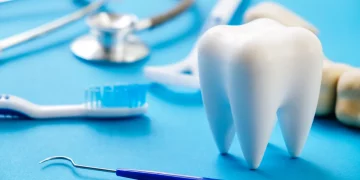



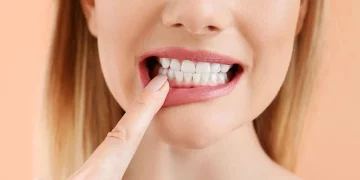
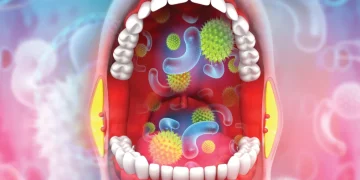
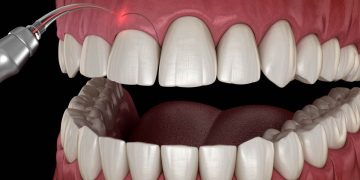
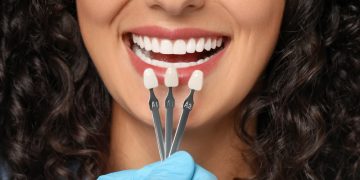
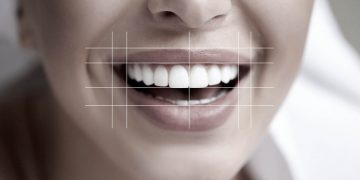
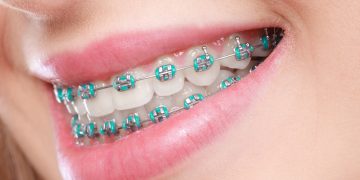

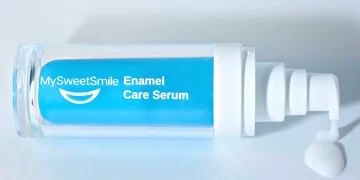


















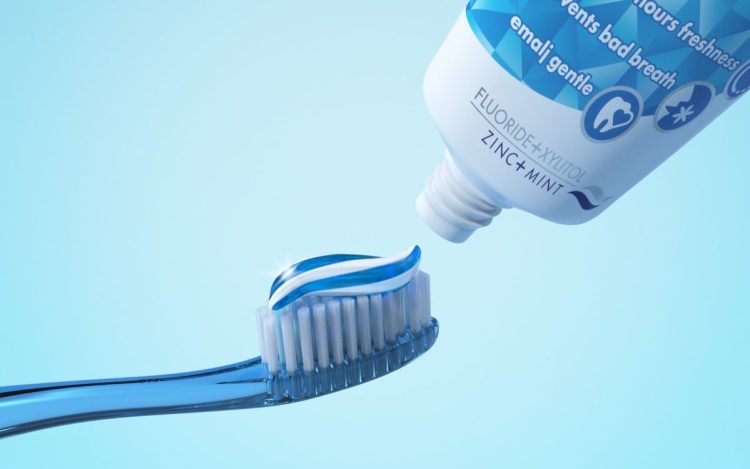












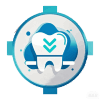
Discussion about this post